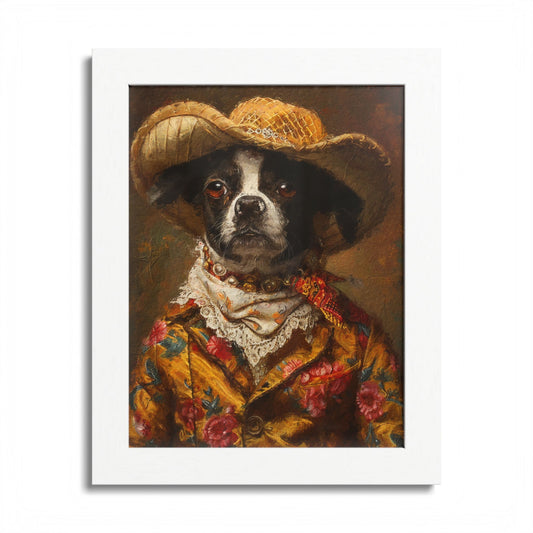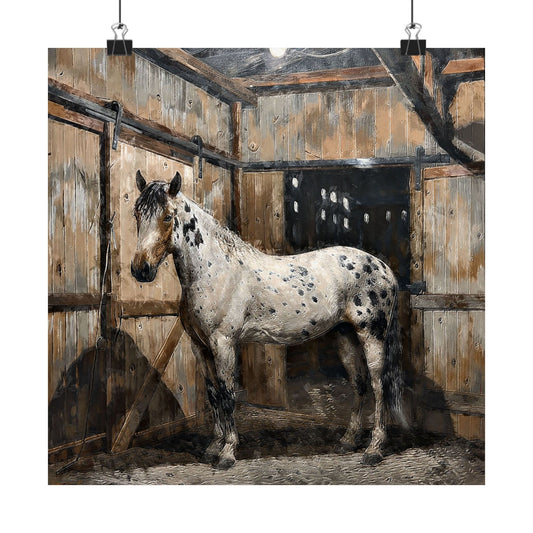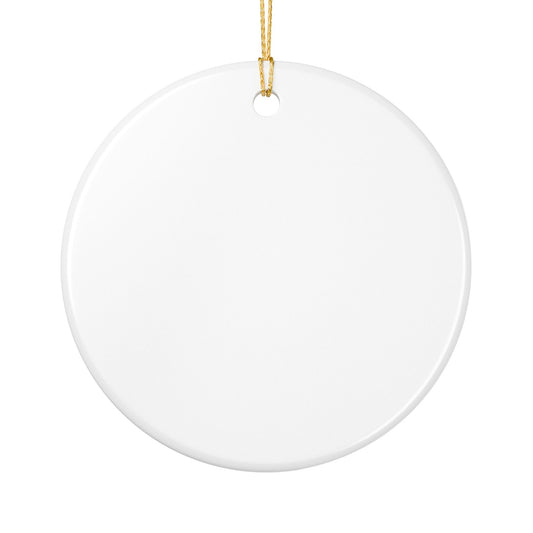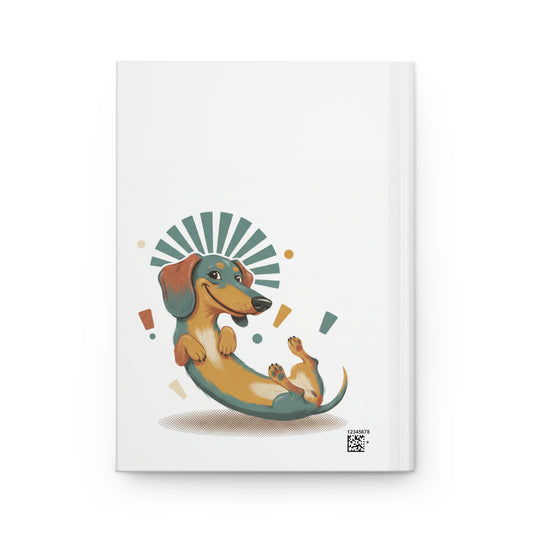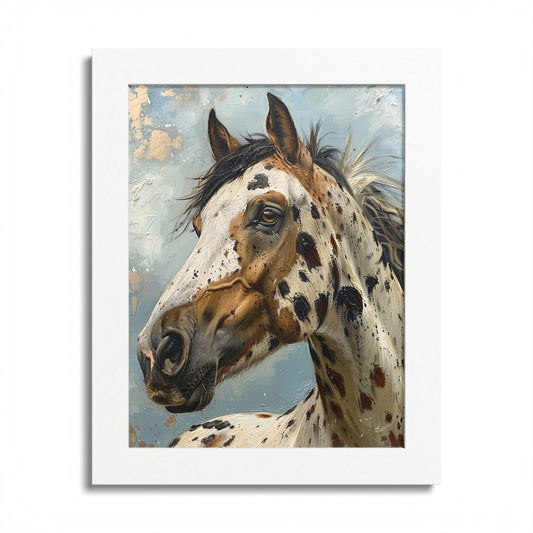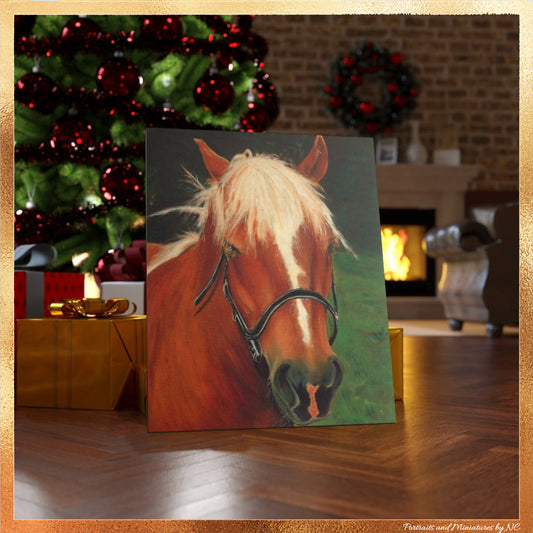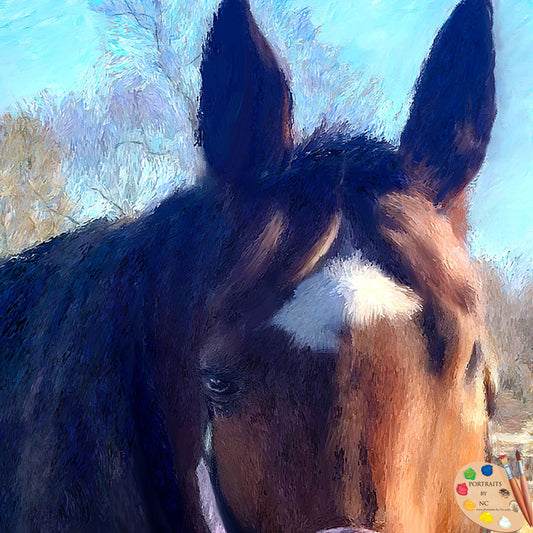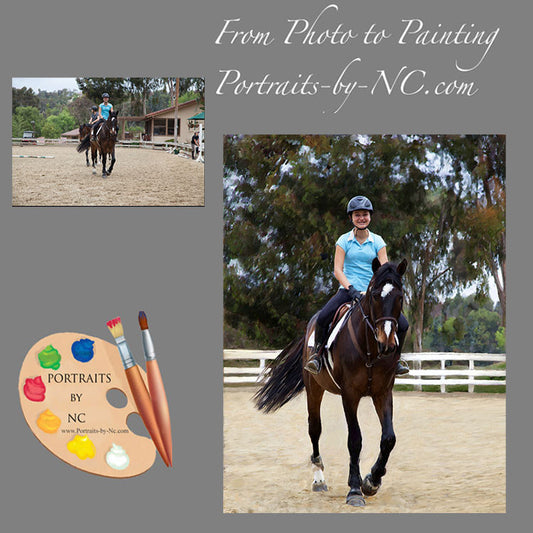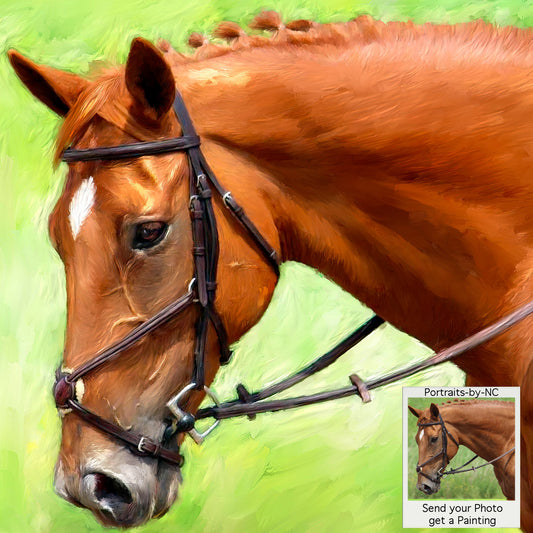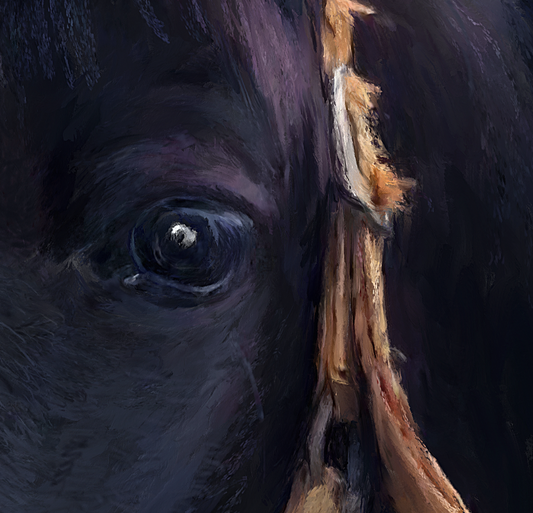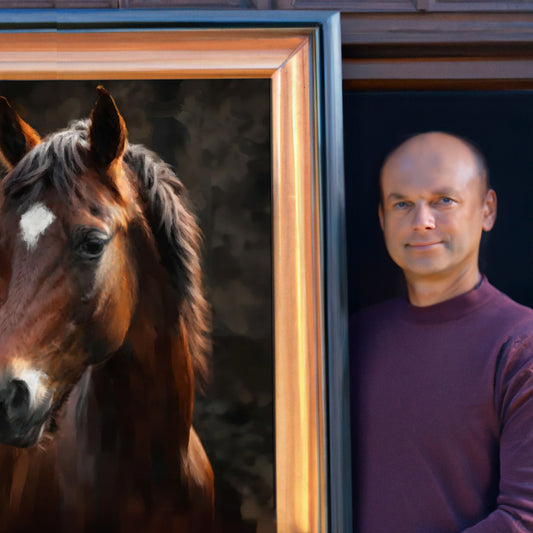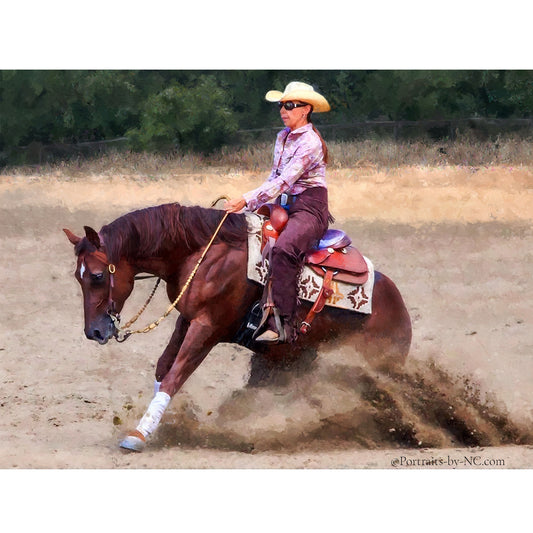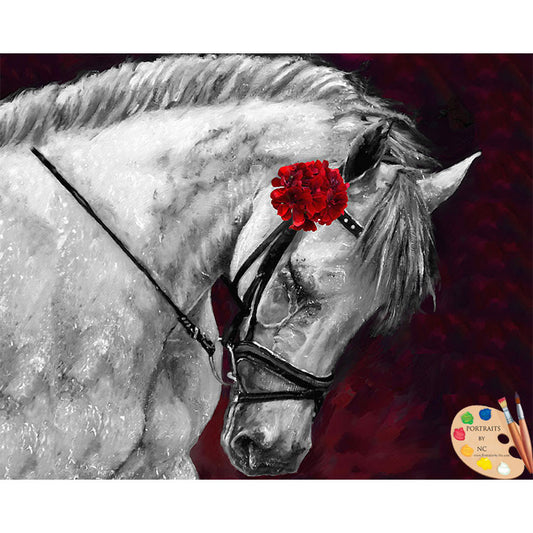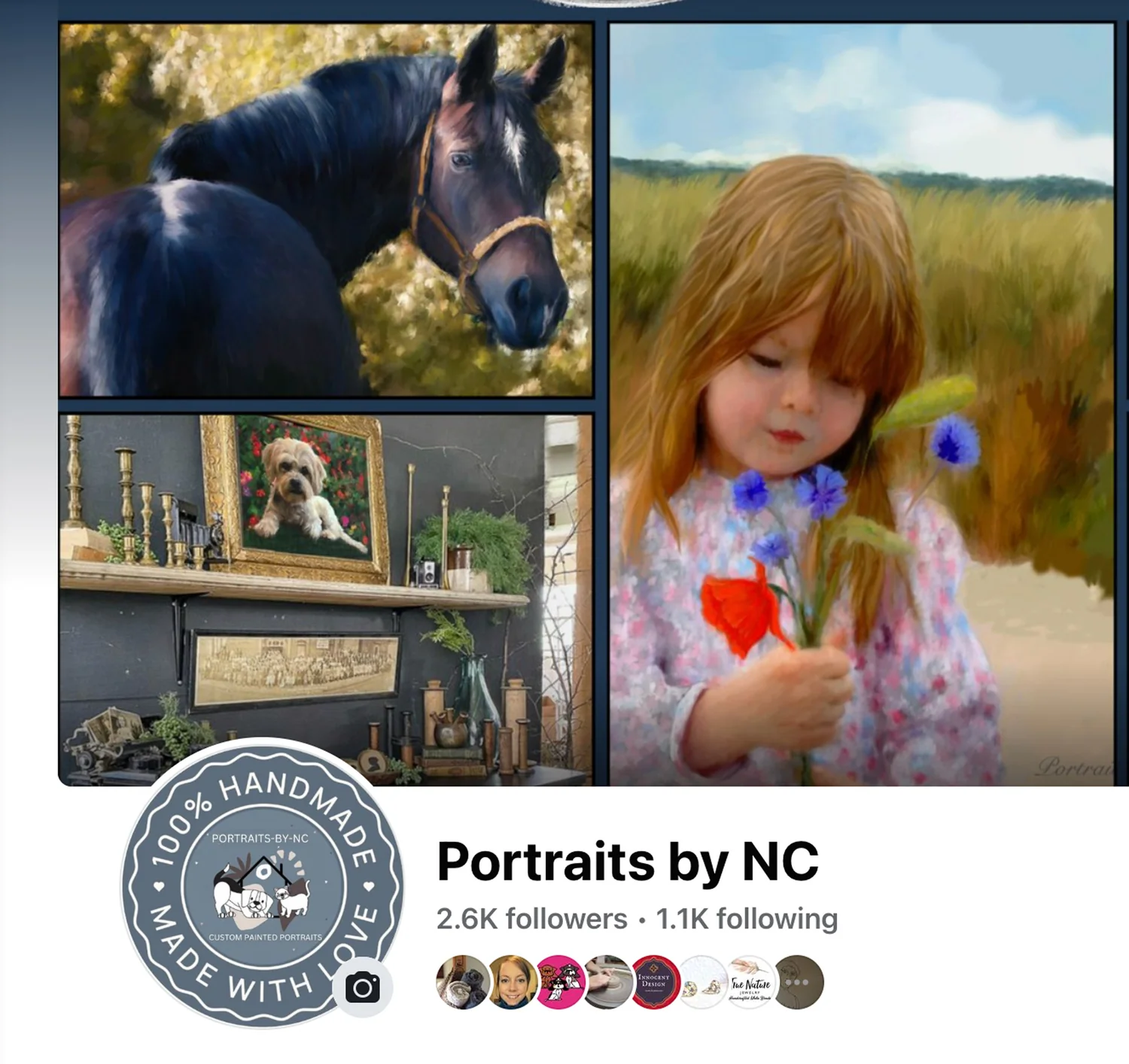How to make an Underpainting
Share

In art, an underpainting is an initial layer of paint applied to a ground, which serves as a base for subsequent layers of paint. Underpaintings are often monochromatic and help to define color values for later painting.
Each layer in a painting has a specific objective and an underpainting can help greatly to simplify the later stages of a painting.
In this Old Master reproduction of the "Palace Guard" by Ludwig Deutsch, which I am painting for a client you can see that if I were to start with all the colors and various details, it would take forever to reproduce the painting.
An underpainting can be in black and white or sepia, or any color you choose. I have been taught to work with a grey scale from black to white in 10 values.

It is important when working with oil paint to apply thin layers of color and to gradually build up these layers. I use Liquin to speed up this process when I paint with oils. Here the "Fat over Lean" rule applies, which just means the thick paint is applied over thin paint.

After a loose sketch, you continue with a very loose block in of the figure. At this stage, all that is important is whether something is light or dark. In this painting of the "Palace Guard" you can see that there is a ton of color in the painting.

It takes a very trained eye to figure out exactly what values of color are being used. However, when doing an underpainting all you have to do is squint. if the color you picked gets lost in the underpainting, then you are using the right value. If not you either have to lighten or darken the color.

Since this painting is still in the underpainting stage the goal is to refine the painting as much as possible. I will post another update of this work in progress soon, so make sure to subscribe to my newsletter below to follow along.
If you are interested to order your own Old Master reproduction painting click here
If you like to order a similar portrait click the link below.


































